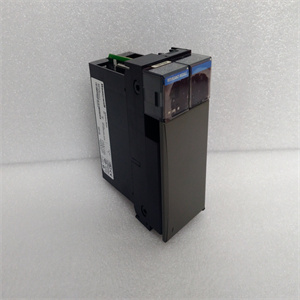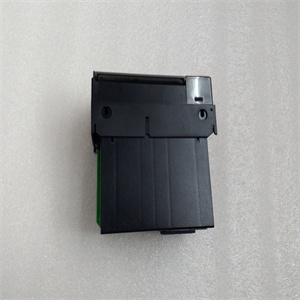产品展示
联系我们
联系人:陈柳铭
手机:15579209656
电话:
Q Q:3136378118
邮箱:3136378118@qq.com
地址:江西省九江市瑞昌市东益路23号赛湖农商城401号
MC-GDOD12
图19:。闭环系统中的反馈。在此示例中,传感元件测量排气温度并向控制器发送反馈信号。控制器将反馈信号与设定点进行比较。根据差异或偏差,控制器向阀门发出校正信号,阀门调节热水流量以满足工艺要求。因此,受控变量的变化反映了需求。传感元件继续测量排气温度的变化,并将新情况反馈给控制器,以便进行持续比较和校正。如上所述,自动控制系统使用反馈来减小偏差的大小并产生系统稳定性。二次输入,例如来自室外空气补偿传感器的输入,可以提供有关影响受控变量的干扰的信息。除了受控变量外,还使用一个输入,使控制器能够预测干扰的影响并对其进行补偿,从而减少干扰对受控变量的影响。控制方法概述自动控制系统根据能量传输类型和用于执行其功能的控制信号类型(模拟或数字)进行分类。自动控制系统常见的能源形式是电和压缩空气。系统可包括一种或两种形式的能量。使用电能的系统由机电、电子或微处理器控制。气动控制系统使用来自传感器的不同气压作为控制器的输入,控制器反过来向终控制元件发出气动输出信号。气动、机电和电子系统执行有限的预定控制功能和顺序。基于微处理器的控制器对各种各样的控制序列使用数字控制。



Fig. 19. Feedback in a Closed-Loop System. In this example, the sensing element measures the discharge air temperature and sends a feedback signal to the controller. The controller compares the feedback signal to the setpoint. Based on the difference, or deviation, the controller issues a corrective signal to a valve, which regulates the flow of hot water to meet the process demand. Changes in the controlled variable thus reflect the demand. The sensing element continues to measure changes in the discharge air temperature and feeds the new condition back into the controller for continuous comparison and correction. Automatic control systems use feedback to reduce the magnitude of the deviation and produce system stability as described above. A secondary input, such as the input from an outdoor air compensation sensor, can provide information about disturbances that affect the controlled variable. Using an input in addition to the controlled variable enables the controller to anticipate the effect of the disturbance and compensate for it, thus reducing the impact of disturbances on the controlled variable. CONTROL METHODS GENERAL An automatic control system is classified by the type of energy transmission and the type of control signal (analog or digital) it uses to perform its functions. The most common forms of energy for automatic control systems are electricity and compressed air. Systems may comprise one or both forms of energy. Systems that use electrical energy are electromechanical, electronic, or microprocessor controlled. Pneumatic control systems use varying air pressure from the sensor as input to a controller, which in turn produces a pneumatic output signal to a final control element. Pneumatic, electromechanical, and electronic systems perform limited, predetermined control functions and sequences. Microprocessor-based controllers use digital control for a wide variety of control sequences.
相关产品










